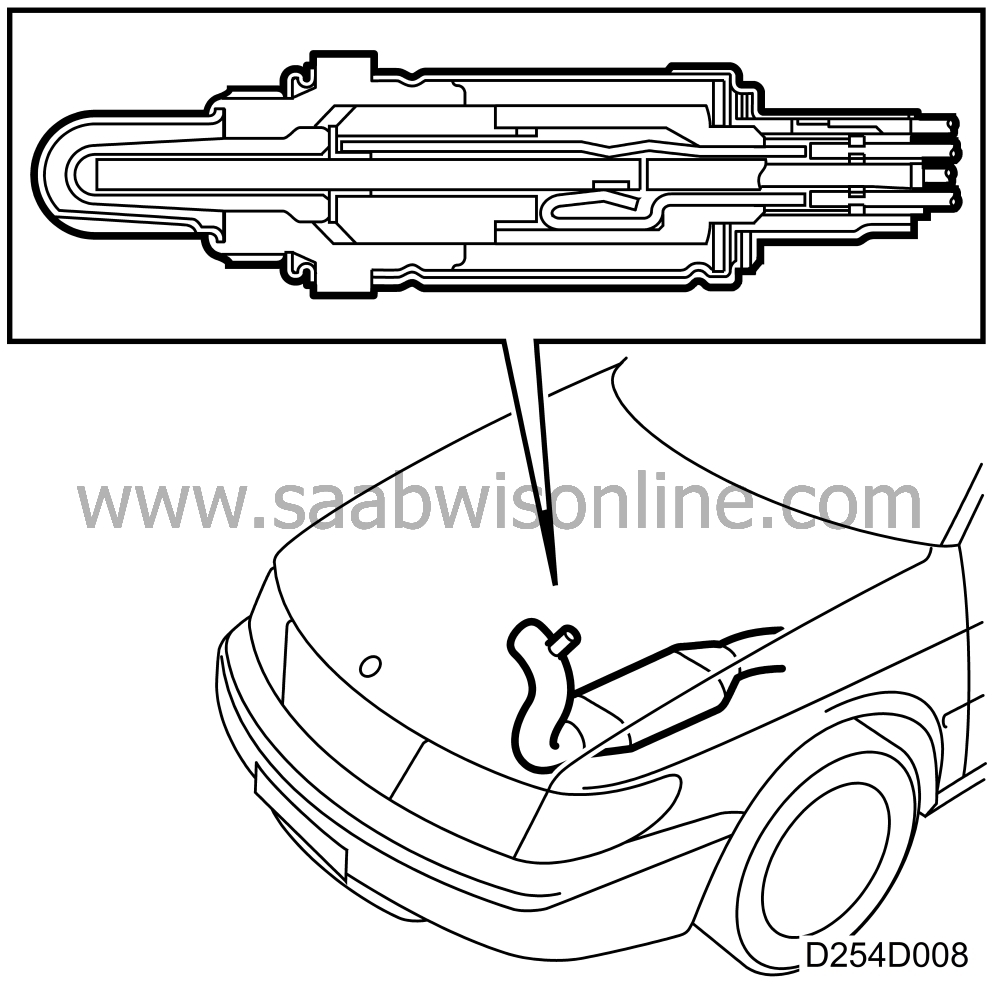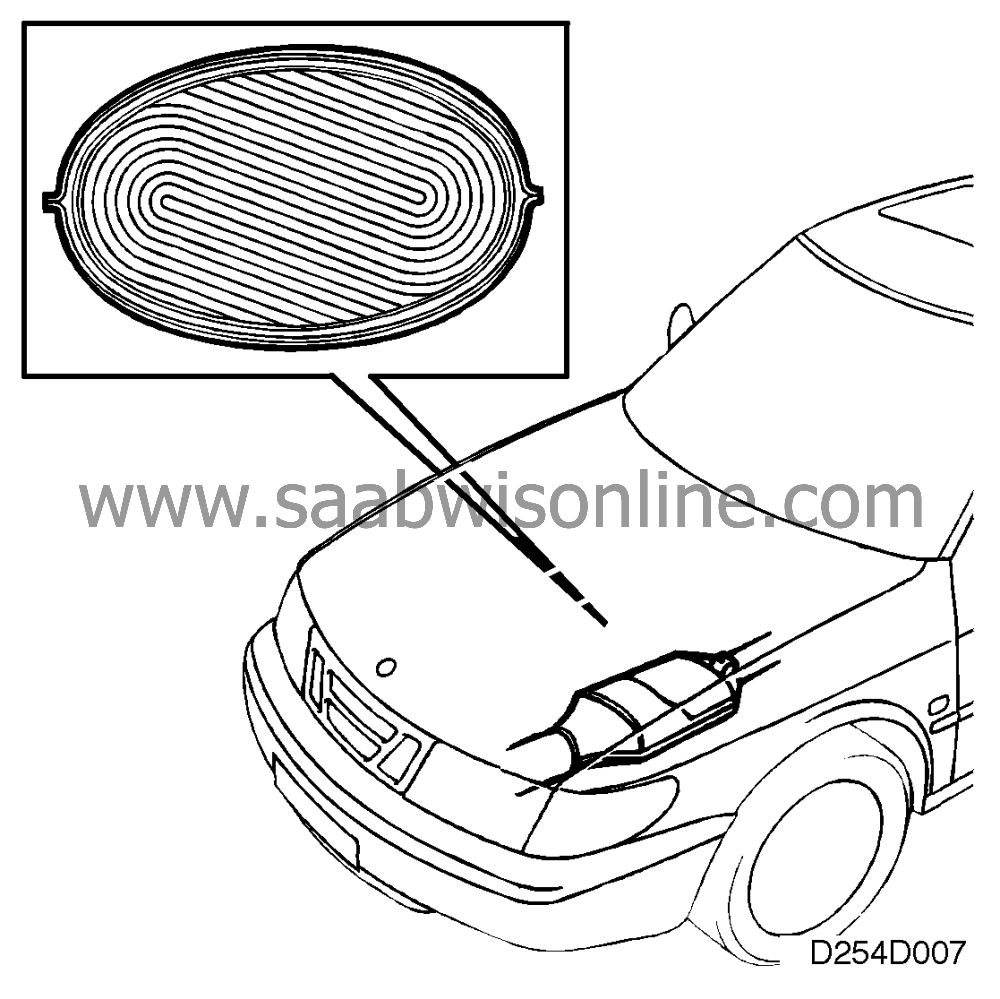Sequential multiport fuel injection with oxygen sensor regulation
| Sequential multiport fuel injection with oxygen sensor regulation |
| General |
The system is electronically controlled by a heated oxygen sensor which is located in the exhaust pipe in front of a three-way catalytic converter. The three-way catalytic converter contains a ceramic or metal insert. The walls of the insert are covered with catalytic materials (platinum and rhodium). The catalytic converter has a high degree of conversion within a very narrow range. If the fuel- air mixture departs from this range, one or more of the emitted gases will inevitably exceed the permitted emission levels. The oxygen sensor regulation ensures that the mixture is kept within the correct limits.
Provided that the closed-loop fuel injection system provides an optimum fuel-air mixture, with oxidation of the carbon monoxide (CO) and hydrocarbons (HC), the catalytic converter can also reduce the emission of oxides of nitrogen (NOx). The end products will then be carbon dioxide (CO 2 ), water (H 2 O) and nitrogen (N 2 ). It is very important to remember that if the catalytic converter is to reduce emissions you should never run the car on anything but lead-free petrol, as lead destroys the active constituents of the catalyst.
| Heated oxygen sensor |

The heated oxygen sensor looks rather like a spark plug and comprises a primary cell with a solid electrolyte. The electrolyte consists of a ceramic material, zirconium oxide, which has been temperature stabilized through the addition of a small amount of yttrium oxide. The electrolyte is in tubular form with one of the ends blanked off. The surface has been coated with titanium to make it electrically conductive.
When the engine is running on a lean mixture, the oxygen content of the exhaust emissions increases, the oxygen sensor's voltage will then fall and the engine control module reacts by increasing the injection time. At a Lambda value of 1.0 the voltage is about 0.45 V.
The oxygen sensor's working range is between 200 and 800C (392-1562F). It is therefore equipped with electric preheating. On cars with TRIONIC, preheating is controlled by the system's control module. Cars for certain markets have a relay which disconnects preheating when engine speed exceeds 3000 rpm because the exhaust gases then heat the oxygen sensor. The output signal weakens as the oxygen sensor ages and it must be changed after 160,000 km (100,000 miles).



